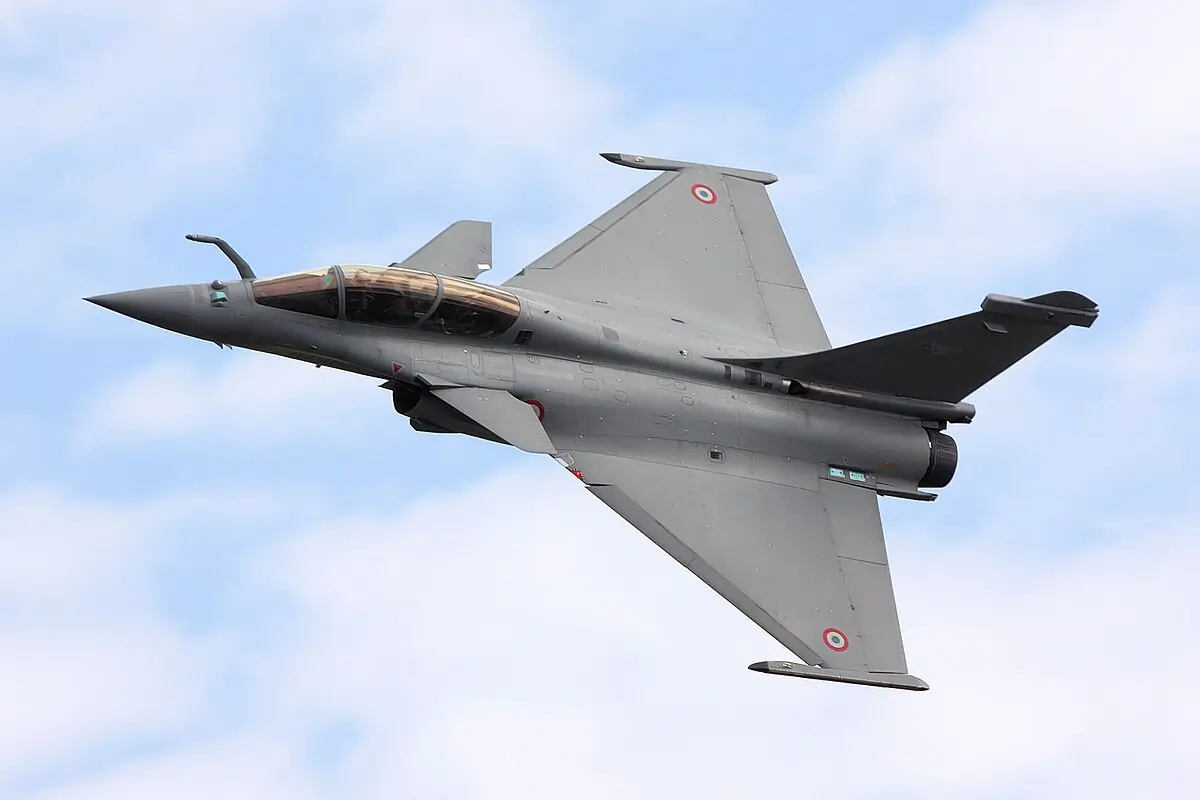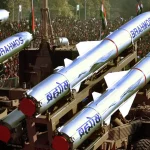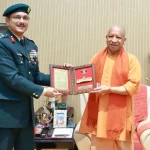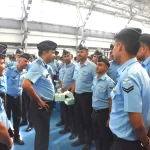The ambitious plan to acquire 114 multi-role fighter aircraft (MRFA) for the Indian Air Force has hit a procedural hurdle, with the Ministry of Defence (MoD) returning the IAF’s Statement of Case for revision, citing it as “incomplete.” The ministry has called for more clarity on key parameters related to local manufacturing, indigenisation, and industry collaboration before advancing the procurement process.
According to officials, the MoD has insisted that the proposal must align with the government’s Atmanirbhar Bharat vision rather than being limited to an outright purchase. The Rafale fighter, built by France’s Dassault Aviation, remains a front-runner owing to its proven performance with the IAF’s existing fleet of 36 aircraft. However, the Defence Ministry has raised concerns over the IAF submission’s lack of detailed projections on manufacturing scale, localisation targets, and private-sector involvement.
Focus on Indigenous Production
The Ministry has underlined that a majority of the 114 aircraft should be produced in India, with only a small number delivered in flyaway condition. Dassault is now expected to present a revised framework including commitments on local assembly, supply-chain partnerships, and knowledge transfer mechanisms.
The MoD is also pushing for indigenisation levels to approach 75%, significantly higher than token offsets in past deals. Officials said this threshold is aimed at ensuring job creation, ecosystem growth, and domestic capability-building across both public and private defence industries.
Dassault’s Response and MRO Plans
Sources indicate that Dassault Aviation has proposed setting up a maintenance, repair, and overhaul (MRO) hub in Hyderabad, which could serve as a regional centre for lifecycle support and logistics. While the offer has been positively received, the Ministry remains cautious, wanting firm assurances on technology sharing, supply-chain integration, and cost accountability.
Strategic and Operational Imperatives
The new tender is distinct from the previous government-to-government Rafale deal for 36 jets, and is intended as a competitive commercial procurement under the MRFA framework. However, long-standing concerns—such as production liability, delivery timelines, and pricing risks—have resurfaced during the review.
The IAF currently faces a critical shortfall in squadron strength, operating around 30 squadrons against the sanctioned 42. With Jaguar and MiG-29 fleets nearing retirement, induction of new-generation fighters has become a top operational priority.
Although HAL’s Tejas Mk-1A deliveries are expected to reach 180 units by 2033, experts note that a medium-weight, multi-role platform is essential to bridge capability gaps and sustain aerial deterrence.
The Road Ahead
The Rafale and Eurofighter Typhoon remain the leading contenders in the MRFA race after extensive technical evaluations. The Defence Ministry’s latest intervention signals a strong policy shift—prioritising domestic production and industrial partnership alongside combat capability.
Officials say the coming months will be crucial as Dassault and the IAF work to restructure the proposal. The outcome will determine whether the deal evolves into a strategic manufacturing partnership—strengthening India’s aerospace ecosystem—or faces further delays amid tightening fiscal and operational timelines.







